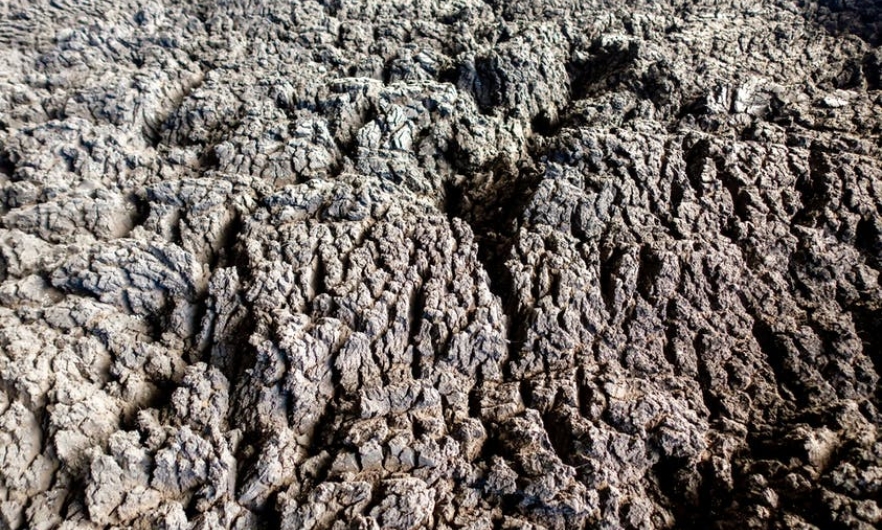EHE Researchers Awarded $1.9 Million by EPA to study Potential Risks from Pollutants in Biosolids
Study to look at occurrence and uptake of contaminants as well as health risks

A team of Johns Hopkins researchers in the Department of Environmental Health and Engineering has been awarded $1.87 million from the Environmental Protection Agency (EPA) to study contaminants in treated sewage sludge, or biosolids.
The team, led by Carsten Prasse, PhD, assistant professor in the Whiting School of Engineering, will identify and measure organic pollutants in biosolid samples, trace their movement in agricultural run-off and leaching, and quantify their uptake into food crops. Using advanced modeling approaches, the team will also estimate people’s health risks due to exposure to these compounds through farm contact and from eating food grown with biosolids.
Since the banning of ocean dumping in 1991, biosolids have been increasingly applied to agricultural land, forests, parks, golf courses, home gardens, and lawns.
“We know very little about the organic chemical contaminants in biosolids,” Prasse says. “This information is critical to the development of strategies to understand exposure and potential public health risks.”
Biosolids are created during the wastewater treatment process. When biosolids are spread on agricultural land, they add nutrients, improve soil, and enhance moisture retention. Applying biosolids to land has economic and waste management benefits, since it saves space in landfills, recycles a waste product, and reduces demand for synthetic fertilizers.
We know very little about the organic chemical contaminants in biosolids. This information is critical to the development of strategies to understand exposure and potential public health risks. - Carsten Prasse
Biosolids can also contain a variety of pollutants. Some of the main offenders: per- and polyfluoroalkyl substances (PFAS), which are found in non-stick cookware, carpets and food packaging; triclosan, an antimicrobial found in personal care products; and unmetabolized pharmaceuticals.
"The use of organic chemicals like PFAS and antimicrobial chemicals has dramatically increased over the last 10 to 20 years,” Prasse says. “But regulation of biosolids is so far almost exclusively focused on pathogens and inorganic contaminants such as metals.”
Utilities and states need information on these pollutants to ensure that they are processed, handled, and used in a way that minimizes potential harm. The research has implications for consumers and farm workers, who may be exposed to biosolids through various pathways.
The research team includes Keeve Nachman, PhD, associate professor in the Bloomberg School's Department of Environmental Science and Engineering, and Thomas Burke, PhD, professor in Bloomberg School's Department of Health Policy and Management. Nachman will apply computational toxicological tools to assess the potential toxicity of unstudied chemicals. Burke, who chaired the National Academies of Science Committee on Biosolids Applied to Land in 2001, will advise the project and lead the team’s advisory board, which includes representatives from the biosolids industry, farmers and farm associations, and regulators.
“Our project has a solid foundation in the laboratory, but we will directly engage with stakeholder and regulatory communities beyond the scientific community to ensure our research can inform waste management-related public health interventions,” says Prasse.
Arming consumers and regulators with information can make biosolids safer, but Prasse says it can also help inform what goes into consumer products in the first place.
“We need to think about the chemicals we use in our households and industries that are potentially problematic, why we use them, whether we really need them, and can we just take them out,” he says.
The Department of Environmental Health and Engineering (EHE) is a collaborative hybrid under the Whiting School of Engineering and the Bloomberg School of Public Health. This cross-divisional department is uniquely designed to lead pioneering research and prepare the next generation of scholars to solve critical and complex issues at the interface of public health and engineering.
